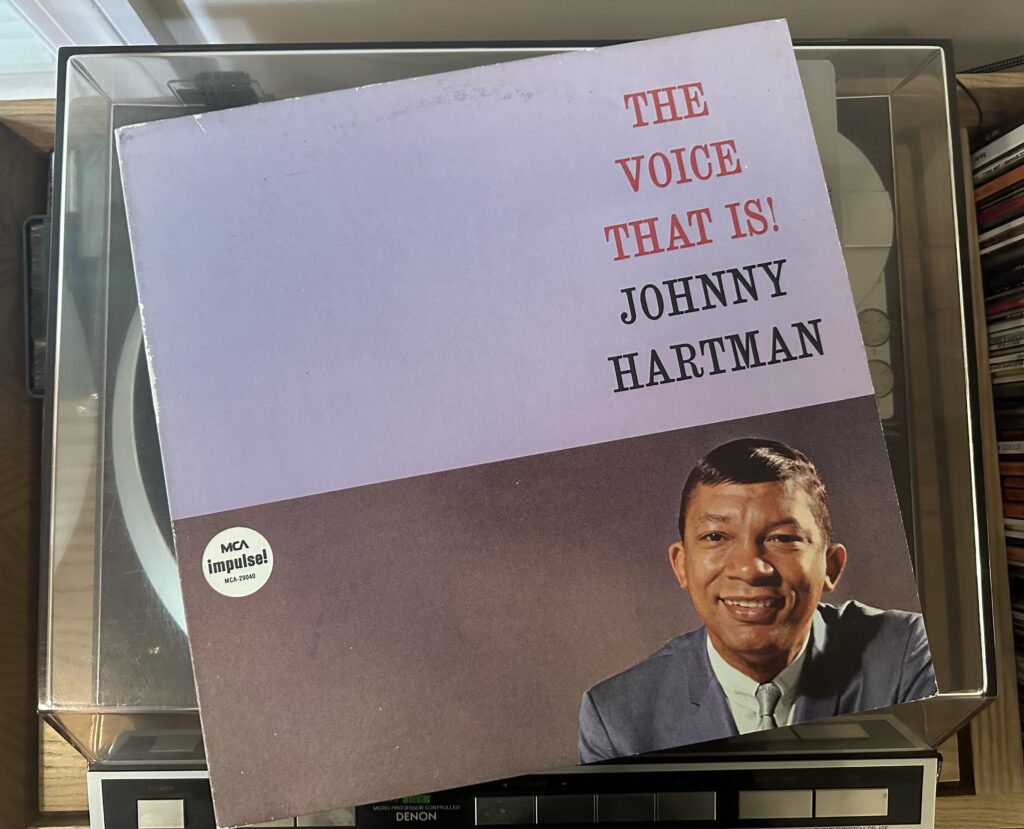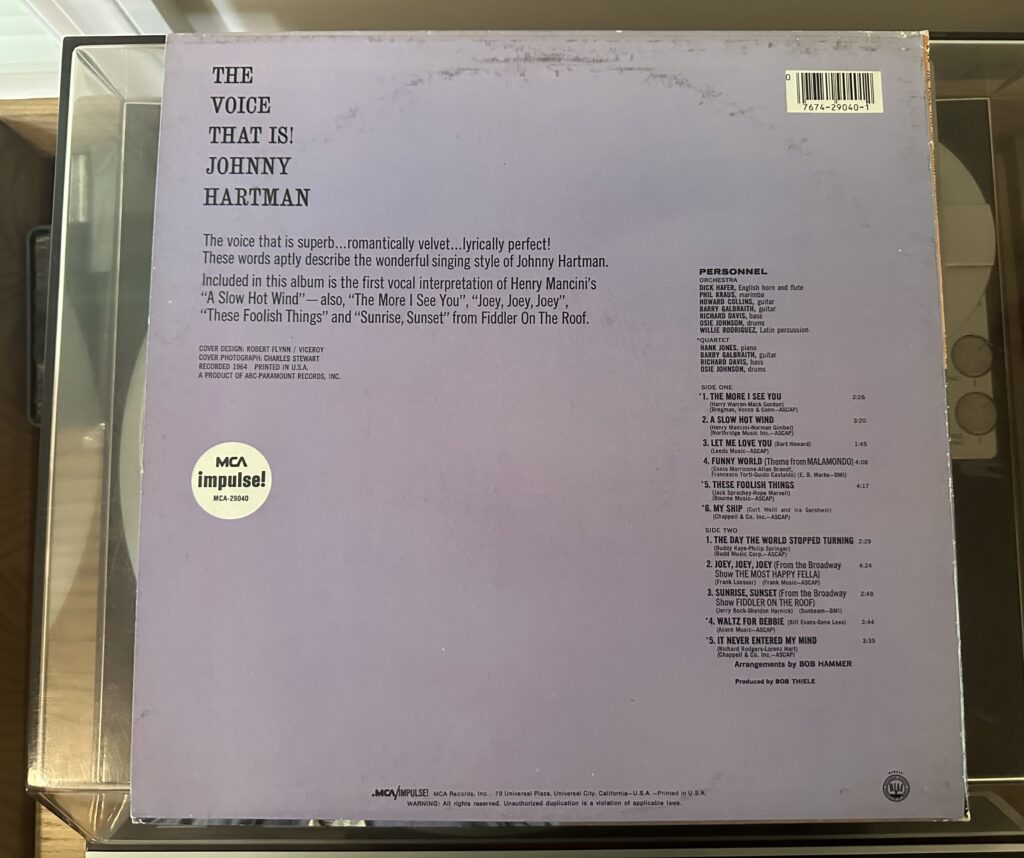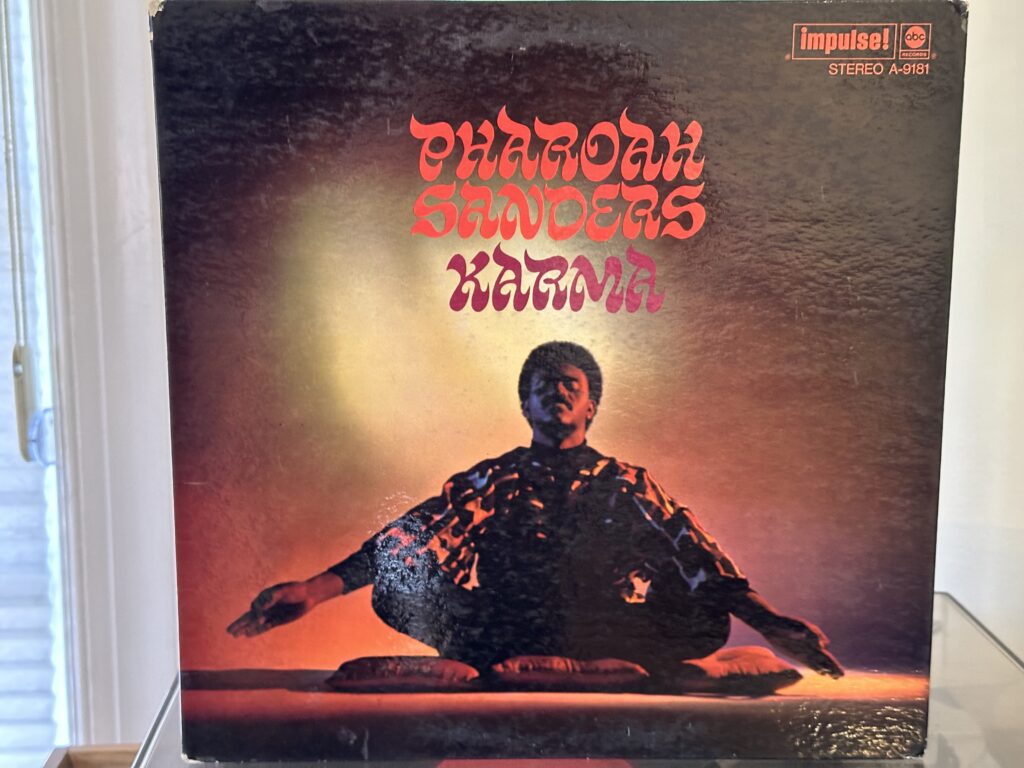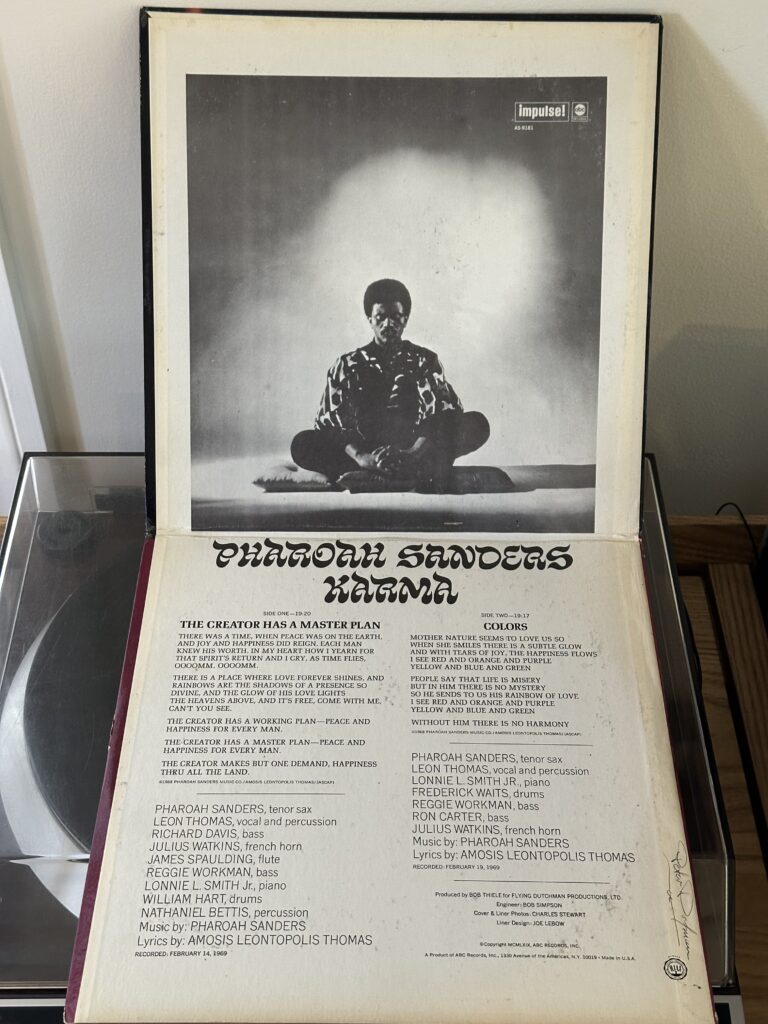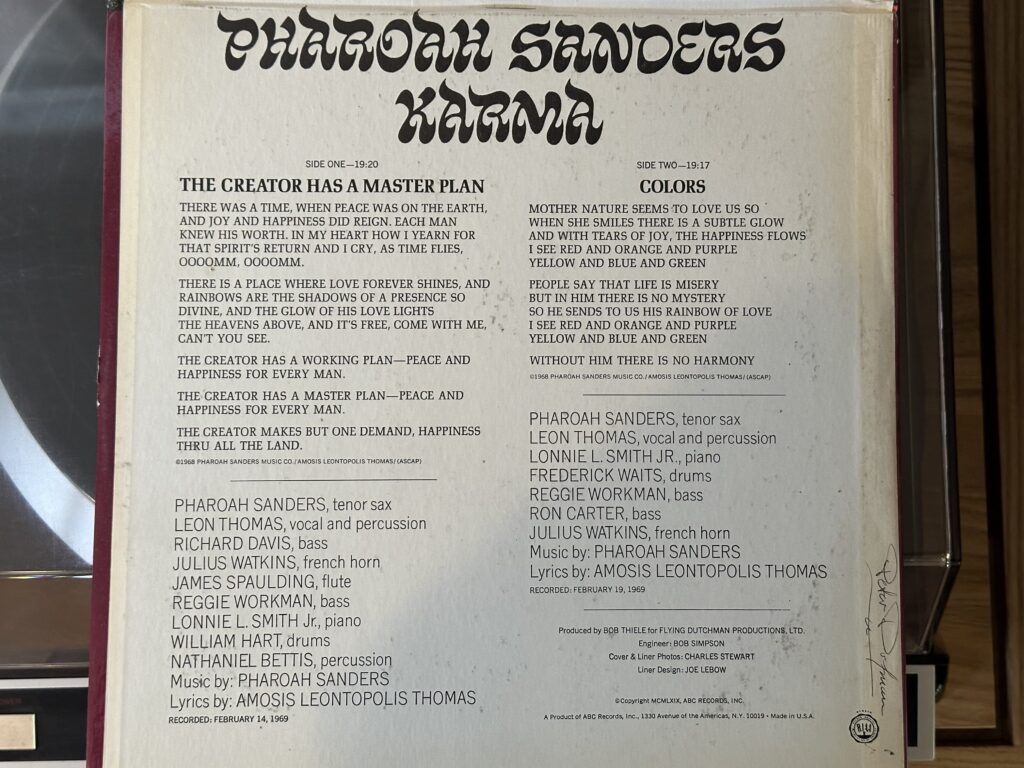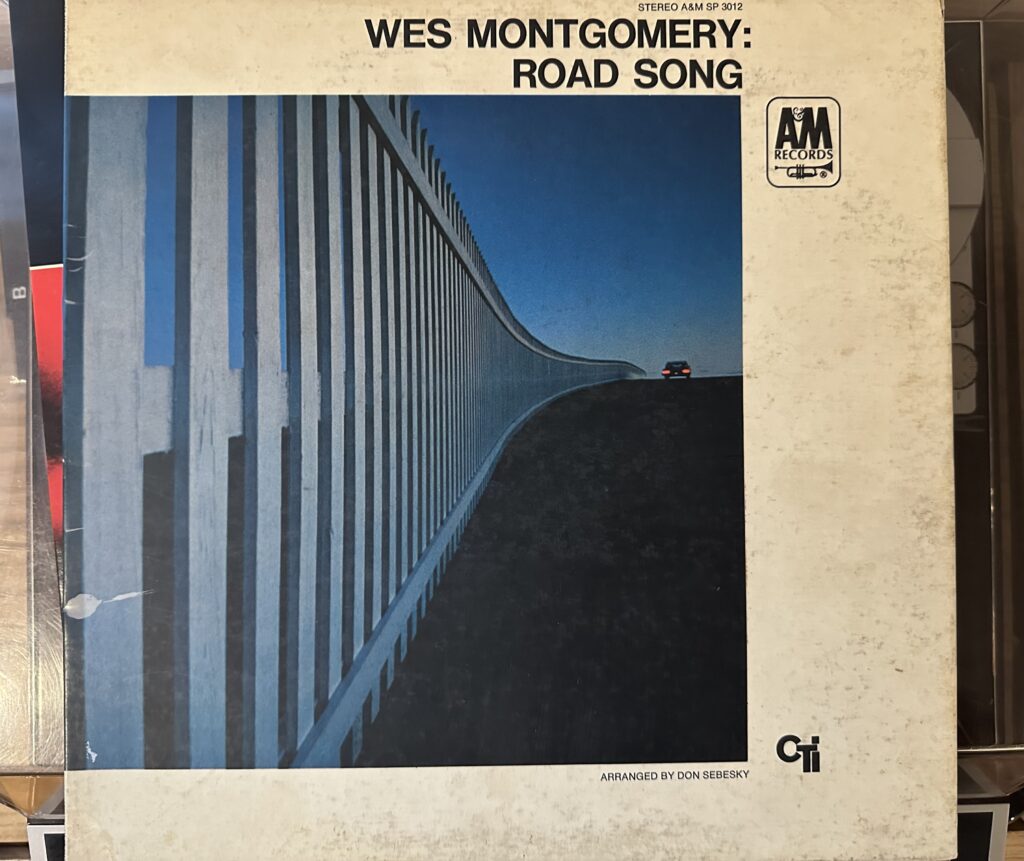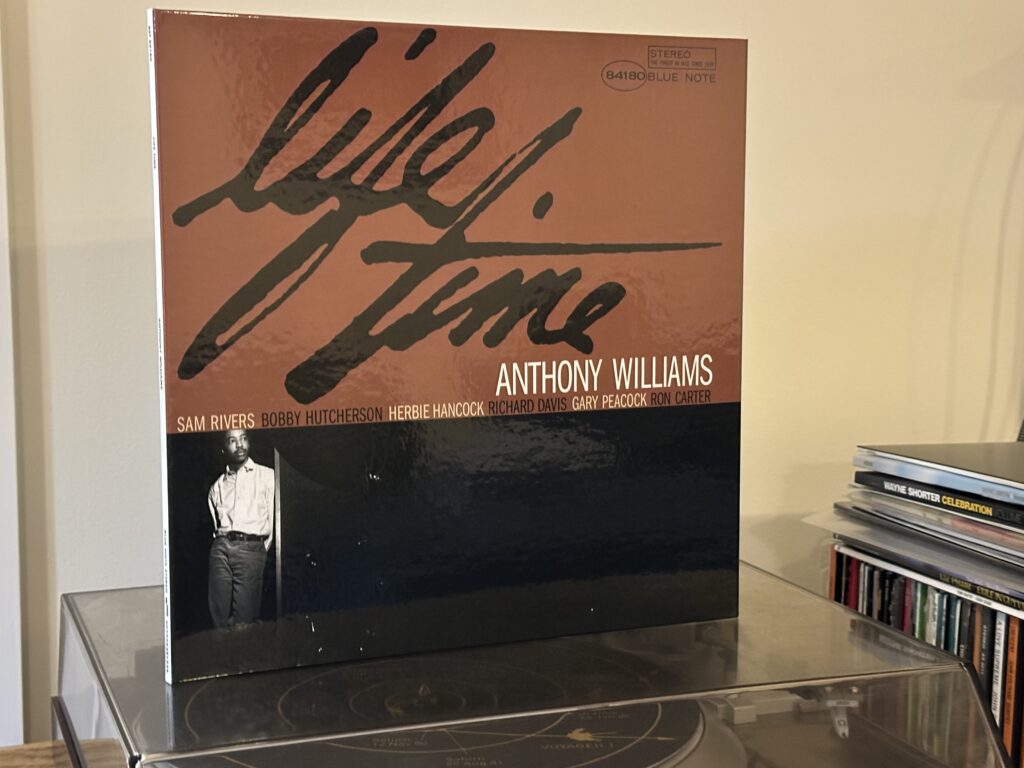
Album of the Week, October 5, 2024
Of all the members of Miles’ second great quintet, the one we’ve written the least about is the youngest member, drummer Tony Williams. Just 17 when he joined the quintet in the spring of 1963, he was already a modern jazz veteran, having begun playing with brilliant free jazz saxophonist Sam Rivers when he was just 13 years old. A gig with Jackie McLean at age 16, during which he recorded on Jackie’s pivotal album One Step Beyond, brought him to the attention of Miles Davis, and the rest is history.
Or so the story goes. But Williams continued to record sessions with other Blue Note artists, and shortly after he joined Miles’ quintet, he recorded his own sessions at Rudy Van Gelder’s home studio in Englewood Cliffs, New Jersey, on August 21 and 24, 1964. The earliest of those sessions, collected as Life Time, are our subject today, and they make for more adventurous listening than the work his bandmates in Miles’ group were recording (though some of those same bandmates joined him). The record features Sam Rivers on tenor sax (four months before Williams would join Rivers on his pivotal Fuchsia Swing Song), Bobby Hutcherson on vibes and marimba, and Herbie Hancock on piano, with Ron Carter, Richard Davis, and Gary Peacock joining on bass with the different configurations of players.
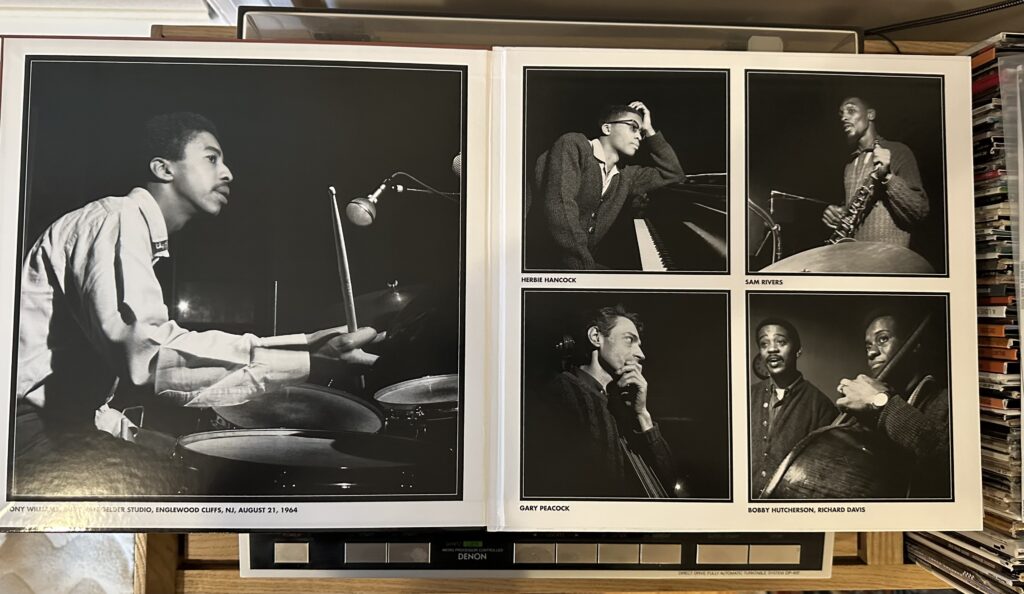
Album opener “Two Pieces of One,” true to its title, comes in two parts, “Red” and “Green,” that comprise the entirety of side one. A sparely led group featuring just Williams and Rivers backed by both Peacock and Davis on bass, the work highlights Williams the composer rather than the virtuoso drummer. It opens with the sax and basses playing the opening melody chords, opening up to a repeating figure in Richard Davis’s arco bass, and then closing down again with a splash of Williams’ cymbals. The two bassists duet, with Peacock’s fierce pizzicato over Davis. Then finally something approaching a “normal” post-bop sound, with Rivers improvising over a steady yet kaleidoscopically evolving beat from Williams. This segment closes with another duet between the basses, who seem to be discussing what’s just transpired, and a repetition of the opening chorus.
“Green” opens with a duet between Rivers and Williams, in which Rivers throws out at least six or seven melodic ideas around the central progression. Williams falls back to cymbals and accompanies Rivers as he slows in contemplation, then surges forward when Rivers finds a major melody. Williams takes a solo next that’s notable both for the rhythms and the timbres he explores across his snares, toms and cymbals. At the very end the basses rejoin as Rivers recapitulates what originally seemed to be an improvised idea from the opening but which actually turns out to have been the composed melody; the track closes with a fiercely propulsive solo from Williams.
“Tomorrow Afternoon” has something much more like a traditional melody, performed as a trio by Rivers, Williams and Peacock. Rivers leads the charge with a bright melodic statement, but underneath Williams and Peacock are constantly shifting, and a pulsing pattern from Peacock leads into his rapid solo, which is joined by Rivers before Williams swings the trio back into the opening theme. It’s a concisely argued bit of free jazz.
“Memory” is a different beast entirely. Williams and Bobby Hutcherson play polyrhythmically, trading ideas and beats, for the first part of the piece. Herbie Hancock steps in about three minutes in, improvising along Hutcherson’s melody in the right hand before jumping to another pattern. Hutcherson takes a solo that sounds like something out of Steve Reich’s “Six Marimbas,” which Hancock responds to with another idea, which seems to spur another recollection from Williams. The whole work plays out as these interchanges of ideas and melodies bounce from one instrument to the other.
Hancock introduces “Barb’s Song to the Wizard” with the telepathic Ron Carter, who plays the melody as Hancock provides a rhythmic chord progression in the upper octaves of the piano. The players switch roles as they break into something like a somber waltz, then a ballad. Ultimately the track comes to a delicate close as you realize that Williams only appears as the composer here—an unexpectedly generous gesture from the young artist on his first album.
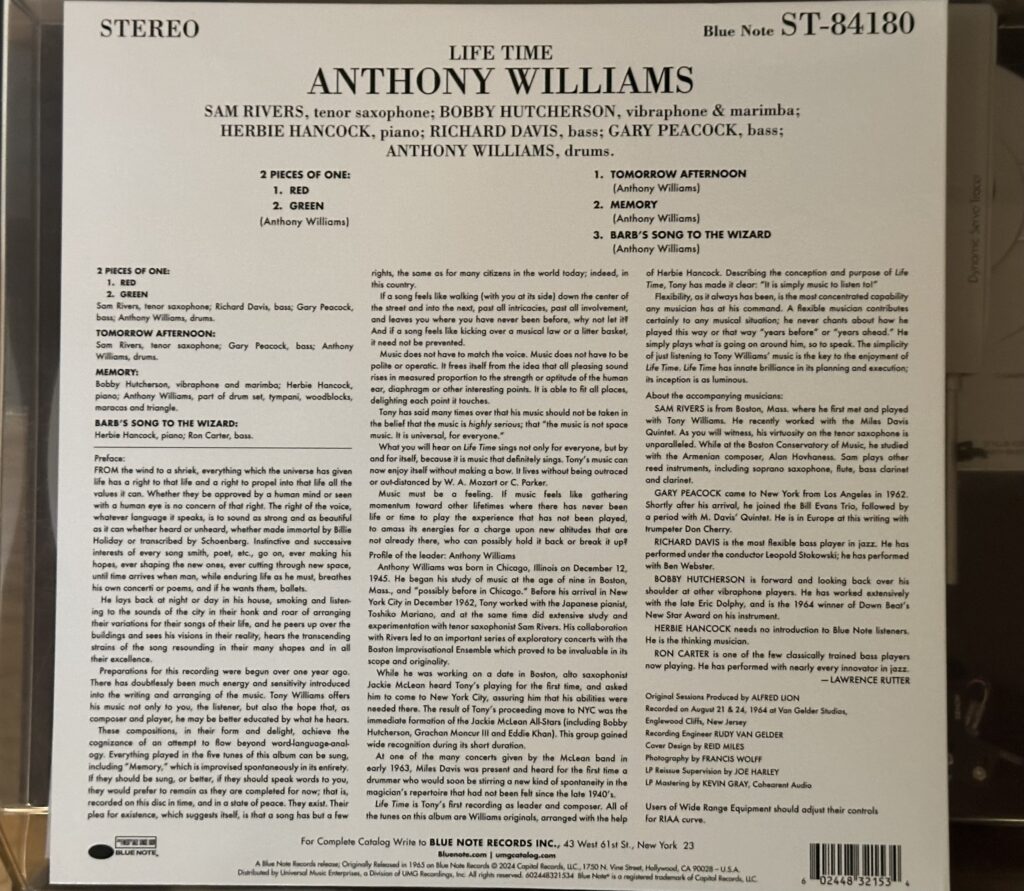
Williams reveals himself on this inaugural outing to be an inspired composer, albeit not in a traditional mode. His other album for Blue Note, Spring, is perhaps better known precisely because it has more recognizable song structures, but it’s still more “out” than most of what the Second Great Quintet recorded during this time… at least until later in the decade. Next up, we’ll hear more from a Williams bandmate who made a practice of blending approachable and ambitious.
You can listen to this week’s album here:

